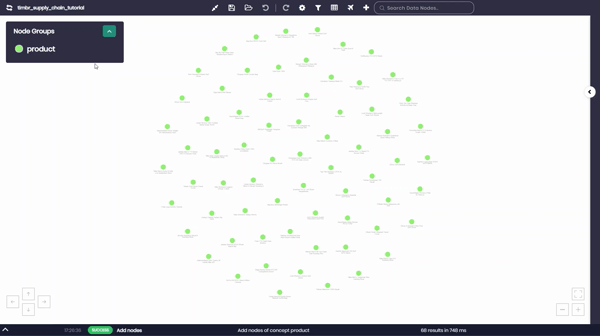ontologies for business intelligence
Qlik
Timbr enhances Qlik by providing SQL ontologies that replace ad hoc logic and scripting with reusable concepts, hierarchies, and governed metrics.
Instead of manually defining relationships and transformations in Qlik’s load scripts, users connect to Timbr’s ontology, streamlining modeling, improving governance, and aligning analytics across platforms.
Key Capabilities
Model
with Ease
Define concepts, relationships, and KPIs in Timbr, then connect directly from Qlik.
Accelerate
Dashboards
Benefit from semantic caching and auto-aggregations for fast, repeated queries
Controlled
Access
Enforce row-level and role-based access controls in Timbr, not per Qlik app.
Reduce
Load Times
Reduce Qlik load times and memory usage by offloading joins to Timbr.
Gain Trust and Transparency
Gain trust and transparency with lineage, version control, and metadata visibility.
Eliminate
Bloat
Eliminate duplicated formulas and load script complexity.
Cost-Effective
Querying
Query big data with confidence, Timbr pushes compute to the data sources.
Access Virtualized
Data
Avoid workbook bloat and crashes with virtualized, on-demand queries.
Consistent Metric
Definitions
Reuse metrics across Qlik, Power BI, Tableau, Excel, and Looker.
Timbr with Qlik
When to Use Timbr with Qlik
- You want to centralize and govern metric definitions across Qlik apps.
- You’re working with multiple data sources and want one unified model.
- You need row-level security and governance at the model, not app-level.
- You want to reduce load script maintenance and modeling redundancy.
- You want consistent results across Qlik and other BI tools.
OLAP Capabilities
Qlik’s associative engine is powerful for exploring relationships, but lacks formal OLAP structure. Timbr fills that gap by modeling OLAP-style cubes, dimensions, and hierarchies, allowing Qlik users to drill down, roll up, and slice across governed dimensions with consistent logic and pre-aggregated speed.
Timbr adds OLAP structure to Qlik, transforming it from app-specific modeling into a shared, enterprise-wide semantic layer.
Here’s how Timbr offers OLAP-like functionality:
- Define cubes, dimensions, and measures using standard SQL.
- Create semantic hierarchies for drill-down and roll-up operations.
- Use semantic auto-aggregations and a four-tier caching engine to serve queries from pre-aggregated projections.
- Support MDX endpoints for Excel and legacy pivoting tools.
- Push compute and aggregations down to your data warehouse for real-time performance.
While Timbr does not deliver “traditional” OLAP cubes, it achieves the same goals, governed, multidimensional analysis at scale, through virtual models and semantic intelligence. That’s why we describe Timbr as “OLAP-like”: it’s OLAP, reimagined for the cloud and SQL-first data stacks.
How it Works
Qlik connects to Timbr through ODBC connectors, treating Timbr’s semantic concepts as standard SQL tables. Users build apps and visualizations on top of governed datasets, defined once and enriched with business logic. Queries are rewritten by Timbr for optimal execution, either live on the source system or via the semantic cache, delivering high performance and data consistency.

